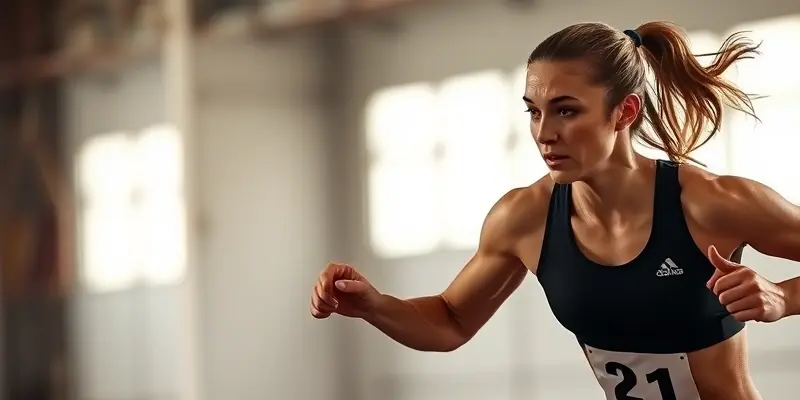Red Light Therapy for Sports Recovery: The Athlete’s Guide to Faster Healing
Muscle soreness, injuries, and delayed recovery—every athlete faces these roadblocks. What if there was a science-backed way to speed healing and get you back to peak performance faster? Today, let’s uncover how red light therapy (RLT) is changing the recovery game for fitness lovers at all levels.
What Is Red Light Therapy?
Red light therapy, sometimes called low-level laser therapy, uses specific wavelengths of red and near-infrared light to stimulate your muscles and tissues. Don’t worry—there’s no heat, radiation, or pain. Instead, think of it as giving your body’s cells a “battery recharge.”
How Does It Work?
When you expose your body to these wavelengths (typically 660–850 nm), the light penetrates deep into your muscle tissue. Here’s where the magic happens: your cell mitochondria (the cellular energy factories) absorb the light, ramping up the production of ATP—fuel for rapid repair and recovery.
Key Benefits of Red Light Therapy
So, why are so many athletes and weekend warriors investing in RLT devices? The science is catching up with the hype:
-
Faster Muscle Recovery:
Light therapy increases ATP production. Picture your muscle cells working overtime to repair themselves—less soreness and faster turnaround for your next training session. -
Reduced Pain & Inflammation:
RLT boosts blood flow and reduces oxidative stress. Studies show athletes experience less swelling, pain, and stiffness after using red light post-workout. -
Injury Prevention & Enhanced Resilience:
Improved cellular function leads to stronger muscles and connective tissue—meaning you’re less likely to suffer strains or overuse injuries. -
Quicker Return from Injuries:
Clinical research shows impressive results: one study found return-to-play times cut in half for injured athletes using RLT, without any negative side effects. For a comprehensive approach, consider following an injury recovery checklist to complement your therapy.
How to Use Red Light Therapy for Recovery
Ready to give RLT a try? Here’s how to get started safely and effectively:
When to Use It
- Before workouts: Prime your muscles for better strength and stamina.
- After workouts: Soothe soreness and kickstart tissue repair.
- During injury rehab: Accelerate healing and reduce downtime.
Choosing a Device and Setting Up
- Wavelength matters: Look for devices emitting 810–850 nm for deep muscle penetration.
- Session length: 10–20 minutes per targeted area is ideal, several times a week for maximum results.
- Home-use panels: These are user-friendly, increasingly evidence-based, and safe for beginners.
Safety First
Red light therapy is non-invasive and generally safe, but consult your healthcare provider if you’re dealing with significant injuries or ongoing pain. Guidance from a professional physical therapist can further optimize your results.
Maximizing Recovery: Blend RLT with Smart Lifestyle Habits
Red light therapy is powerful, but it works best as part of a holistic recovery strategy. Combine your sessions with:
- Nutrition: Focus on lean proteins for repair and anti-inflammatory foods (think berries and leafy greens).
- Physical Therapy: Add stretching, strengthening exercises, or massages to complement the cellular boost from RLT.
- Sleep & Hydration: Your body heals at night—don’t skip rest.
- Mindset and Motivation: Set small, achievable goals. Try visualization for healing if you’re sidelined by injury.
Professional athletes use similar comprehensive routines for rapid, safe comebacks—and so can you.
Real-World Success: RLT in Action
Let’s put it into perspective: one clinical study saw injured athletes return to full activity in just 9.6 days after adding RLT, compared to over 19 days on standard protocols. That’s double the recovery speed—without any reported negative effects.
Conclusion
Red light therapy isn’t just a flashy trend—it’s a proven, accessible way for athletes and fitness fans to bounce back stronger, reduce pain, and lower their risk of future injuries. Used alongside nutrition, smart rehab, and positive routines, it puts control of recovery right in your hands.
Have questions about using RLT for your fitness journey? Or want to share your own experience? Join the GymPulse Club community below and let’s keep each other moving forward!

